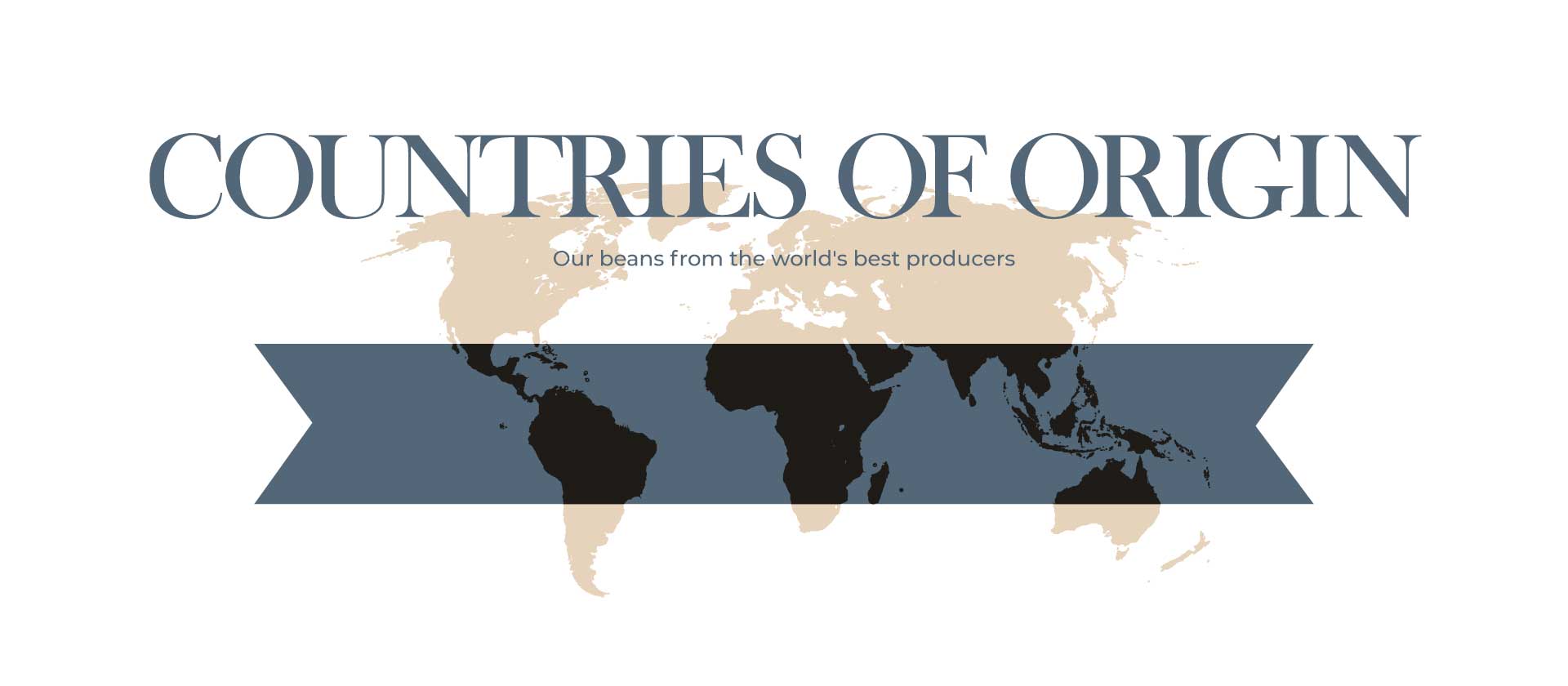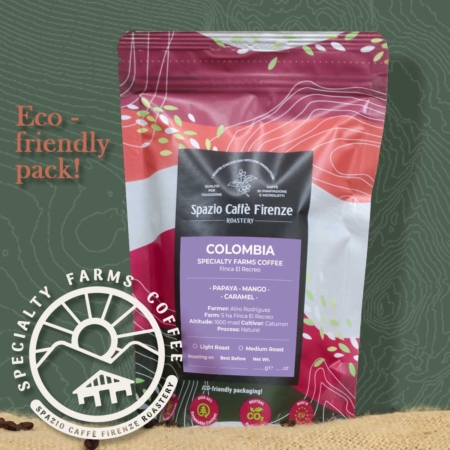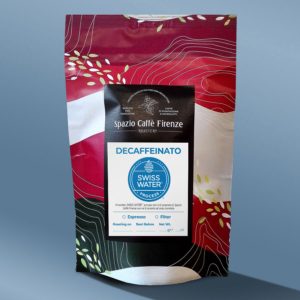CARIBBEAN and CENTRAL AMERICA
Territory predominantly characterized by volcanic soils with plantations located in the mountainous areas at average altitudes ranging from 1,200 to 1,500 m asl, with exceptions up to 1,700 m asl. Coffees from this important part of the world are prized for their high quality that is the result of a skillful revolution in the agricultural sector.
SOUTH AMERICA
Territory mostly characterized by soils with medium slopes and altitudes around 1000-1200 mslm. Brazil’s vast plantations are characterized by modern production techniques that ensure high yields and consistent quality. The second largest producer in the area is Colombia where manual harvesting techniques and higher planting altitudes provide qualitatively superior products. Coffees from this part of the world are prized for their ease of use in blends and consistency of production.
AFRICA
The cradle of coffee
Territory that is divided into two large macro areas; the first in the west where Coffea Canephora (Robusta) characterized by rainforest and red soils is mainly cultivated. The second in the east confined to the territories between Ethiopia, Kenya, Rwanda, and Burundi represents the spearhead of Coffea Arabica production in Africa and perhaps the world. Coffee is grown in the highlands at average altitudes ranging from 1400 to 2000 masl. Production techniques that are evolving over time create coffees that are unique in their quality. Coffees from this area are characterized by high acidity with distinct hints of citrus.
ASIA
Very large territory that we can divide into two macro zones. Indian peninsula where plantations are located mostly in the mountainous areas to the south and both Arabica and Robusta qualities are grown. Modern production techniques ensure consistent products often used in the creation of blends. The second area is Southeast Asia circumscribed by the territories of Vietnam, Indonesia, Papua New Guinea and some small productive areas in northern Australia. Coffee of the Canephora species used for blending is grown almost elusively in this macro geographical area.
These products are not currently available.
For information contact us.
















